১০ আষাঢ় ১৪৩২
More effective implementation of budget crucial for macroeconomic stability: GED
Published:
24 June 2025 17:06 PM
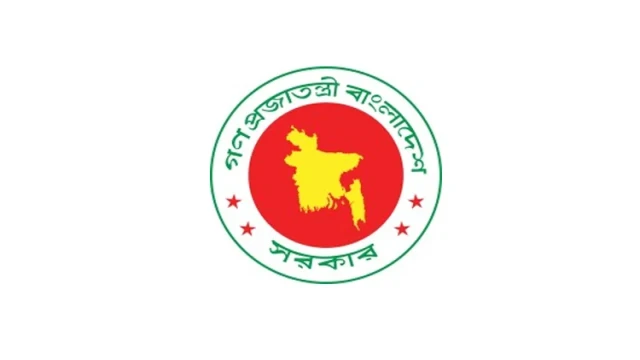
DHAKA, June 24, 2025 A more effective implementation of the national budget for FY26 is crucial for achieving macroeconomic stability and inclusive development, which hinges on improved revenue mobilization through targeted reforms, the General Economics Division (GED) of the Planning Commission said in its latest report
More effective implementation of budget crucial for macroeconomic stability: GED
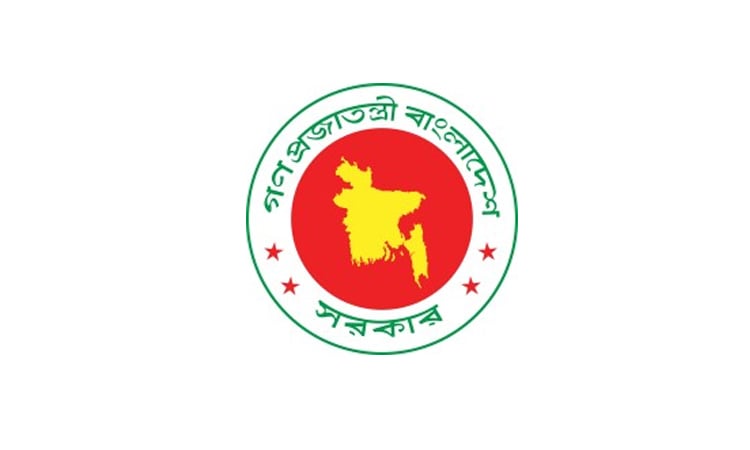
DHAKA, June 24, 2025 (BSS) - A more effective implementation of the national budget for FY26 is crucial for achieving macroeconomic stability and inclusive development, which hinges on improved revenue mobilization through targeted reforms, the General Economics Division (GED) of the Planning Commission said in its latest report.
Overall, the budget for FY25-26 reflects three key aspects: macroeconomic stability, public expenditure efficiency, and a balance between revenue mobilization and expenditure absorption, it said in the report on "The Economic Update and Outlook - June 2025".
The report underscores the importance of targeted revenue reforms to improve revenue mobilization and strengthen public financial management.
The GED said that while macroeconomic pressures persist, recent trends across inflation, exports, exchange rates, and banking indicators point to cautious stabilisation and gradual recovery.
According to the publication, the government has set a projected GDP growth target of 5.5 percent for FY2025-26-a more conservative figure compared to past years and lower than the International Monetary Fund's (IMF) forecast of 6.5 percent.
Similarly, the inflation target has been fixed at 6.5 percent, even though the IMF projects a lower 5.2 percent inflation rate for the same fiscal year.
Despite this, the Outlook notes a downward trend in inflation over the past six months. In May 2025, point-to-point headline inflation dropped to 9.05 percent-its lowest in recent times.
Since the Russia-Ukraine conflict began, inflation in Bangladesh spiked significantly, particularly after the previous government's fuel price hike in August 2022, which saw diesel prices rise by 42.5 percent and petrol and octane by over 50 percent.
Food inflation, in particular, has remained a major concern, having stayed in double digits from mid-2023 until January 2025. The government has responded with a combination of supply- and demand-side measures, aided by a relatively stable foreign exchange market.
Since February 2025, the decline in food inflation has helped ease overall inflation, though food's share of general inflation rose slightly-from 42.2 percent in April to 42.6 percent in May.
Apart from this, declining prices of potato (-13.3%) and hen (-3.87%) helped ease food inflation pressures.
According to the report, foreign exchange reserves fluctuated, with gross reserves peaking at $27.43 billion in April 2025 before a slight dip. However, reserves under the Balance of Payments Manual (BPM6) criteria remained under pressure, indicating limited usable reserves.
Export earnings showed strong resilience, rebounding sharply in December 2024 and again in May 2025 after seasonal dips, pointing to sustained external demand and sectoral adaptability.
A sharp fall in April exports to $3.02 billion-linked to fewer working days during Ramadan and Eid-was followed by a record recovery in May, reaching $4.74 billion, the highest monthly export figure in the reporting period.
Exchange Rate Trends: Depreciation with Signs of Stabilization
Between July 2023 and May 2025, the Bangladeshi Taka (BDT) depreciated significantly against the U.S. Dollar (USD), with the exchange rate rising from 108.96 to 122. The Nominal Effective Exchange Rate (NEER) declined from 76.54 to 68.23, indicating a weakening of the BDT relative to major trading partners.
The Real Effective Exchange Rate (REER), while more volatile, remained within the 98-105 range, suggesting that inflation differentials helped maintain some degree of competitiveness.
A sharp rise in the bilateral rate and REER in April 2024 may indicate external shocks or policy adjustments. Since then, both NEER and REER have trended downward, reflecting continued nominal depreciation and possibly declining real competitiveness.
Banking Sector and Credit Trends
The GED report also highlights signs of recovery in investment activity and economic confidence, as reflected in bank deposit and private credit trends. In May 2025, bank deposits saw a resurgence driven by improved public confidence and record-high remittance inflows.
Aggregate deposit growth reached 8.51 percent in March 2025-the highest in nine months
END/PT/HON

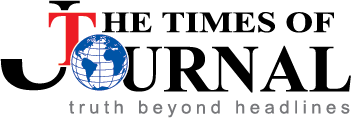



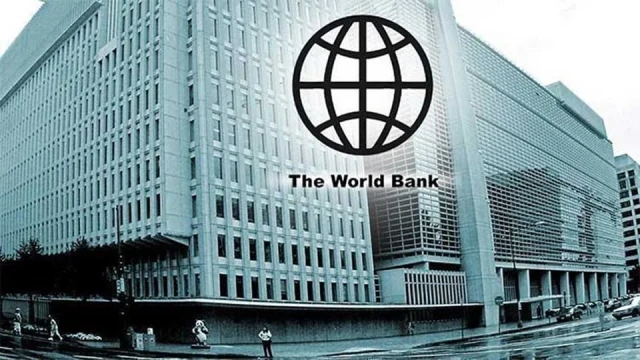


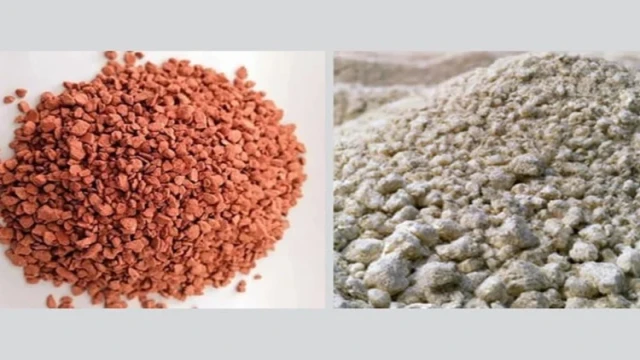
Comments here: